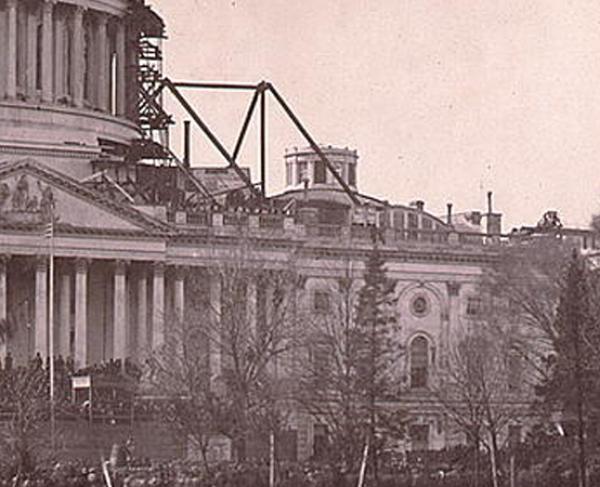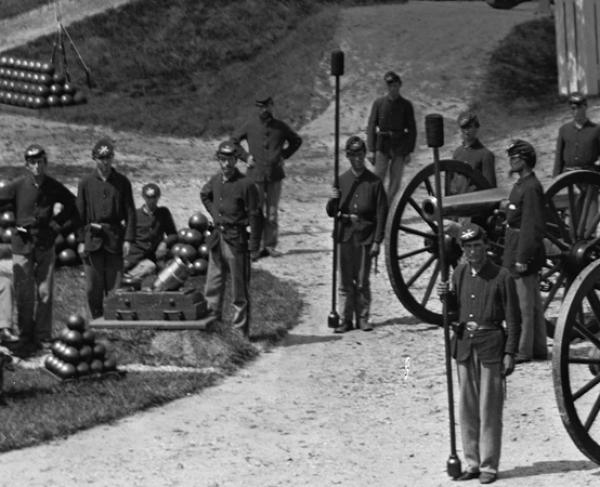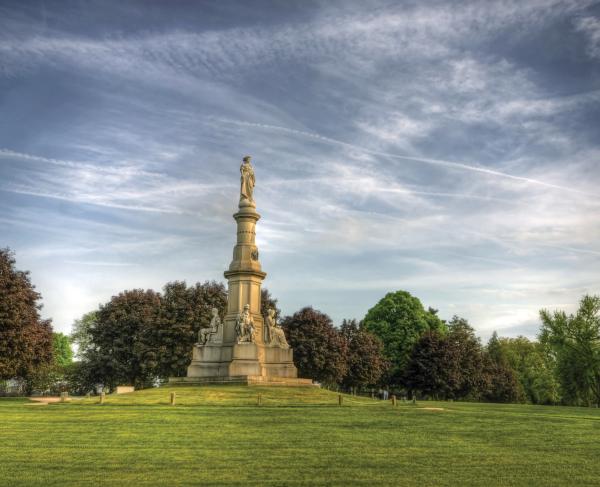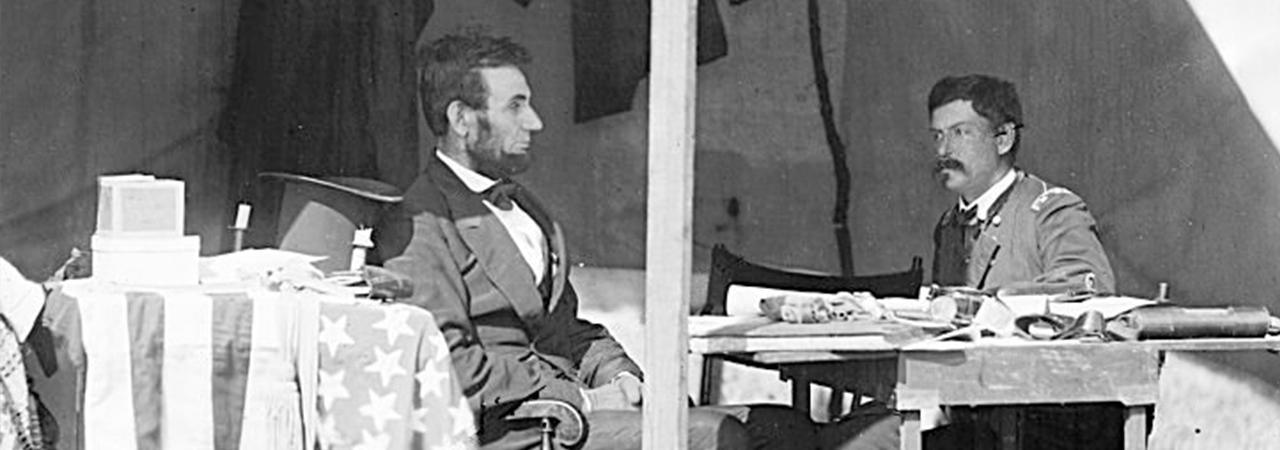
Abraham Lincoln was the President of the United States during the Civil War and one of the great figures in American history. Expand your knowledge and appreciation of Lincoln's legacy with these amazing facts.
Fact #1: The young Abraham Lincoln described himself as “a piece of floating driftwood.”
The second child of Thomas and Nancy Lincoln was born on February 12, 1809, in a one-room log cabin. In Abraham’s youth, the family moved frequently, trying to stay one step ahead of financial trouble and illness, before eventually settling down in Coles County, Illinois. Along the way, Lincoln became known for his physical strength as well as his formidable self-education. At the age of 21, he left home and canoed to New Salem, Illinois, where he signed on to a local riverboat firm. After a short stint on the western rivers, a shorter stint as manager of a general store, and service as a militia captain during the Black Hawk Wars, he made his first run for a seat on the Illinois General Assembly, which he lost. In 1834, he won his second General Assembly election and served four terms as a member of the Whig Party while taking up the practice of law in Springfield. In 1842, after a two-year engagement marked by one cancelled wedding, Lincoln married a 23-year old woman named Mary Todd.
Fact #2: Abraham Lincoln argued a case in front of the United States Supreme Court—and lost.
After serving a term in the U.S. House of Representatives in 1846, Lincoln returned to his self-proclaimed profession of “prairie lawyer” in Illinois. He took cases dealing with everything from homicide to navigation rights to slave laws. An arcane statute dispute brought him to the high chamber on March 7, 1849. He argued on behalf of Thomas Lewis, a public administrator who had taken over the affairs of a man named Broadwell, who had sold 100 acres of land that he did not own and then died. The true grit of the case was the question of whether or not the plaintiff, William Lewis (no relation), could still sue for damages regarding the poisoned contract or if the statute of limitations had already passed. Lincoln claimed that William’s action came too late, and that Thomas could no longer be held liable. After two days of hearings and five days of deliberations, the justices decided against Lincoln. Despite this defeat, the prairie lawyer was becoming one of the most respected and feared litigants in Illinois.
Fact #3: Abraham Lincoln is the only president in American history to hold a patent.
William Herndon spent part of 1848 watching bemusedly as his law partner, Abraham Lincoln, sat at his office desk intently whittling a strange-looking wooden ship. Looking up from time to time, Lincoln would excitedly explain how his invention would bring about a revolution in the burgeoning steamboat industry. Lincoln’s design, which became U.S. Patent No. 6469, details the invention of an inflatable bellows system meant to improve the navigation of boats in shallow waters. In effect, four balloons would be collapsed, accordion-like, and attached to both sides of a riverboat on either end. If the boat found its way obstructed by a sandbar, the balloons would be filled with air in order to raise the hull higher than the bar, allowing passage without having to unload the cargo and carry the boat manually. This issue was particularly important to the inventor, who had spent part of his youth on the treacherous Sangamon River and had twice run aground on high shoals. Lincoln’s patent was never implemented and was, in fact, lost for many years after a fire in the patent office. Throughout his life, Lincoln expressed a strong philosophical love for the patent system. Lincoln’s model and his drawings are now on display in the Smithsonian.
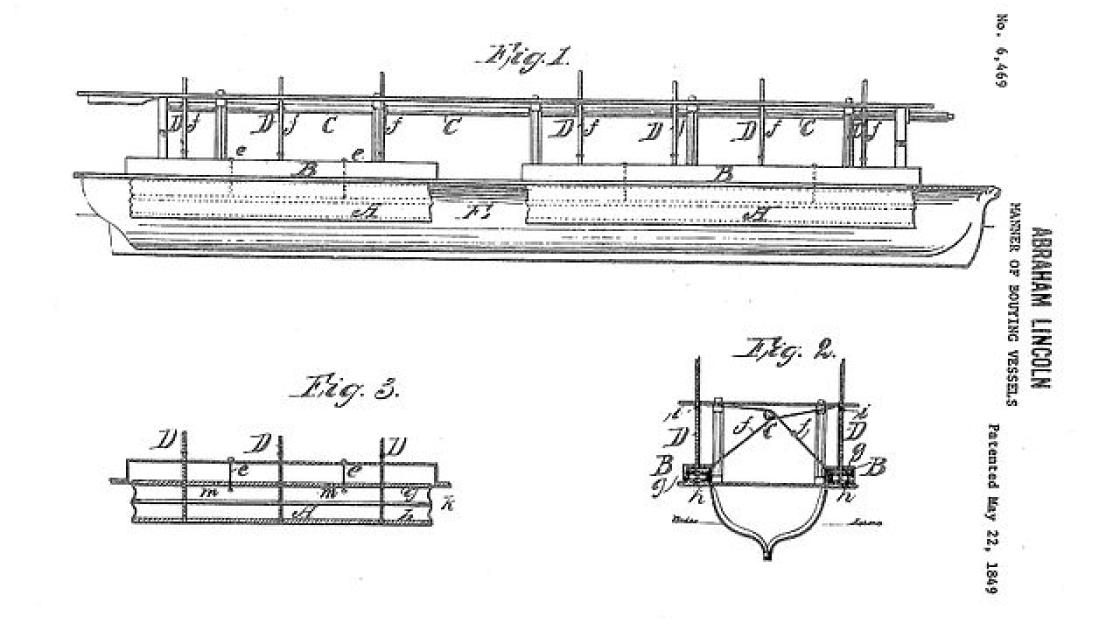
Fact #4: Lincoln lost five separate elections before being elected president.
For Lincoln, electoral successes had to be taken hand-in-hand with failures. Since losing his first race for the Illinois General Assembly in 1832, he had gone on to lose a race for the U.S. Congress, two races for the U.S. Senate, and one campaign for a vice-presidential nomination. His ambition was unchecked, however, and by 1858 he was a national player in the new Republican Party and perhaps its most prominent intellectual voice. He won the 1860 Republican presidential nomination after a tough battle at the national convention, defeating notable opponents William H. Seward, Edward Bates, and Salmon P. Chase, before wading into the four-way general election against Democrat Stephen Douglas, Southern Democrat John Breckinridge, and Constitutional Unionist John Bell. Lincoln and Douglas, rivals from the Lincoln-Douglas senatorial debates of 1858, squared off in the north while Breckinridge and Bell divided the southern states between them. In the end, the demographic dominance of the Republican Party gave Lincoln a victory, even though he lost every single southern state by a large margin. By the time he was inaugurated on March 4, 1861, seven southern states had seceded.
Fact #5: Lincoln risked his life while fulfilling his duties as commander-in-chief of the American military.
At the Battle of Fort Stevens in 1864 Lincoln actually came under Confederate fire, making him the second and last sitting president to be in such a position, the first being James Madison at the Battle of Bladensburg in 1814. At 6’4” Lincoln stood a foot taller than Madison, greatly increasing his peril. This episode was not an exception to Lincoln's involved role in the war. As commander-in-chief, Lincoln exercised the highest authority over the American military. Applying his old talent for self-education, Lincoln began to voraciously study the principles that composed contemporary military thought. He made the decision to resupply Fort Sumter,
which prompted the Confederate barrage igniting the Civil War, and continued to take an active hand in formulating the grand strategy of the war. Lincoln appointed every top general in the Union army, including Ulysses S. Grant. Aides would often find him in the telegraph office poring over dispatches from the field—some days he would visit the office four or more times. In addition to making frequent appearances in camps and at parades, Lincoln even personally tested such new pieces of military technology as the “coffee-mill” machine gun and the Spencer repeating rifle.
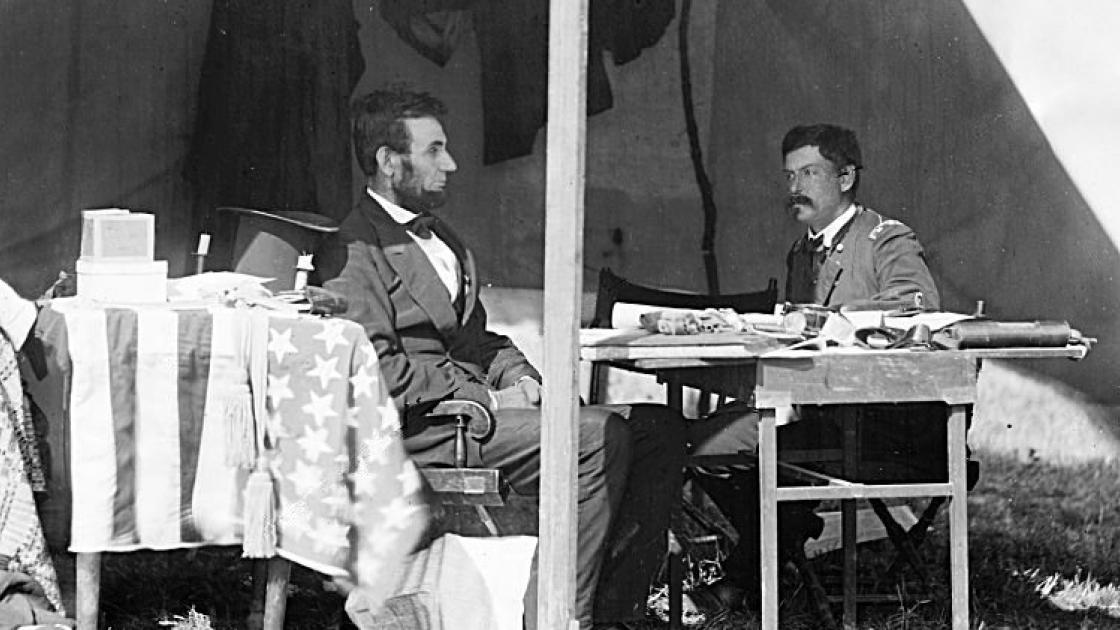
Fact #6: Lincoln violated some civil liberties to further the war effort.
In the early days of the war, a significant portion of Marylanders attempted to thwart the North's military mobilization. Groups of citizens disrupted rail lines, rioted, and grumbled about leaving the Union. In response, Lincoln suspended writ of habeas corpus in the state on April 27, 1861, allowing his agents to imprison anyone, including the Mayor of Baltimore, for any length of time without trial or probable cause. The courts ruled that the president had overstepped his constitutional bounds; Lincoln ignored them. This limitation on civil liberties gradually spread across the Union until some 13,000 citizens were jailed. In 1863, Congress passed a bill permitting the executive suspension of the writ. Many newspapers were also shut down, taken over, or intimidated throughout the conflict. However, Lincoln's presidency was not entirely defined by running the Civil War. He appointed abolitionists to the Supreme Court, instituted the nation’s first income tax, implemented two international tariffs, and created the Department of Agriculture. He also proclaimed a national day of Thanksgiving, which had previously been only irregularly declared, as an institutional tradition for the first time on the final Thursday of November, 1863.
Fact #7: Lincoln proclaimed all persons held as slaves in states of the rebellion “forever free.”
The Emancipation Proclamation, issued on New Year's Day, 1863, freed all of the slaves in the rebellious states. Legally, the Proclamation was classified as a military order and thus the responsibility for its enforcement rested with Lincoln, the commander-in-chief. While saving the Union was the official war aim when the war began, the fate of the “peculiar institution” had never been far from Lincoln’s mind. In the months before issuing the proclamation, he had paired personal moral progression with a series of canny political maneuvers to lay the foundation for the earth-shattering announcement. His cause was strengthened by the growing strength of the Union military, as notably demonstrated at the Battle of Antietam. The Emancipation Proclamation was not met with universal support, however. Many American citizens were still undecided on the issue of slavery and the political class of Britain, which was considering an intervention, worried that the order was overly limited and that Lincoln would bring about a bloody slave uprising. Despite the inevitable turmoil it engendered, the Emancipation Proclamation was the first giant step towards fulfilling America’s long-neglected promise of liberty for all.
Fact #8: Lincoln campaigned against his former general.
For the entirety of the Civil War there remained a considerable faction of Northerners, primarily in the Democratic Party, who wanted to stop the fighting and negotiate a two-state peace. These citizens were labeled “Copperheads.” Their attitude nearly won out during the darkest days of the conflict, promising an end to the bloodshed with a compromise. The Democrats nominated George B. McClellan, the disgraced general, as their candidate to run against Lincoln in the election of 1864. Given the casualties and length of the war, Lincoln felt a great anxiety, which he states in a note from August, 1863. However, with a series of victories by the Union armies, most notably at Atlanta, Mobile, and Cedar Creek, the country's morale was raised and citizens were reassured of the Union's success. Lincoln won the election with 55% of the popular vote and 91% of the Electoral College.
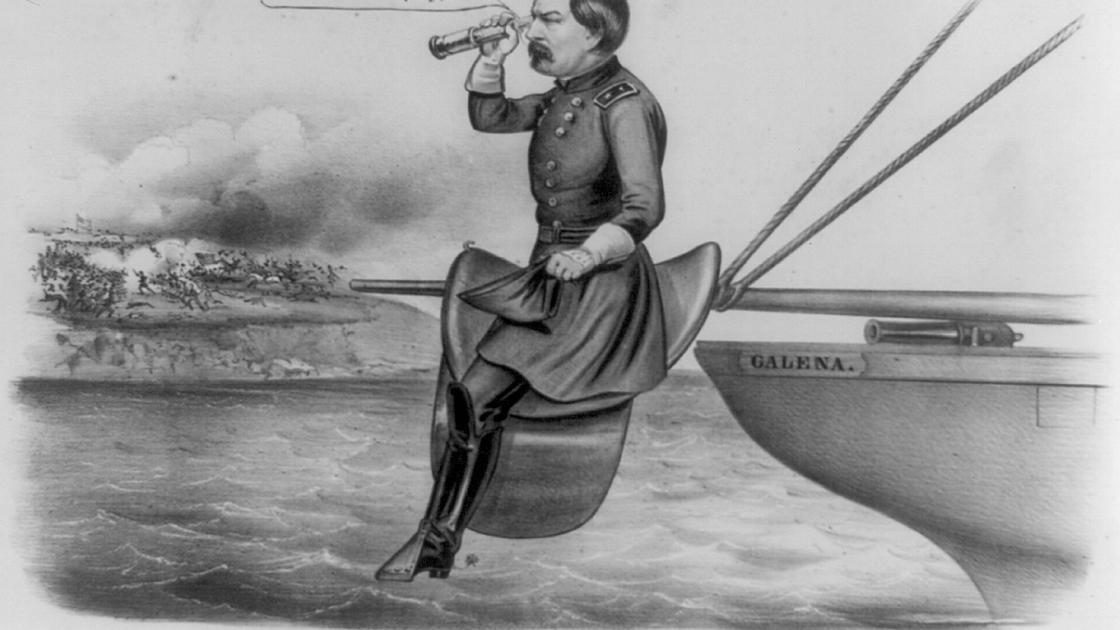
Fact #9: Lincoln desired a forgiving Reconstruction.
After a long war there were many who felt that Southerners should be severely punished for their insurrection. Some wanted to hold rebels criminally accountable, exact huge financial penalties, and relegate the Southern states to second-class status. Lincoln, on the other hand, advocated amnesty and a swift return to an equal union. The effects of Lincoln’s plan will only ever be speculative. His assassination ensured that the ultimately injurious process of Reconstruction would leave deep fissures in American society.
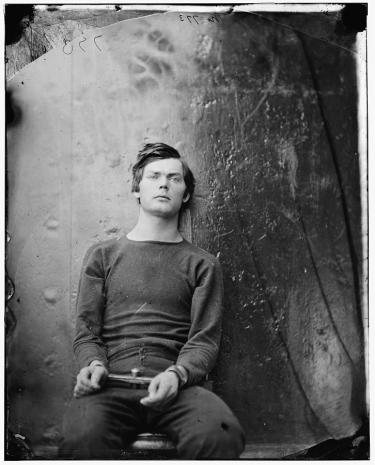
Fact #10: Lincoln was not the only member of his administration to be attacked on the night of April 14, 1865.
On April 14, 1865, John Wilkes Booth crept into the presidential box at Ford’s Theater, shot Lincoln in the head, and then leapt from the balcony and into one of the most dramatic manhunts in American history. But Booth was just one of the prowlers in Washington on that bloody night. In Lafayette Park, Lewis Powell forced his way into Secretary of State William Seward’s bedroom and stabbed him repeatedly with a knife. At the Kirkwood Hotel, George Atzerodt was overpowered by fear before he could make his planned attack on Vice President Andrew Johnson. The men sought to reinvigorate the Southern cause but within two months they would all be dead, shot or hanged, along with co-conspirators Mary Surratt and David Herold. Seward survived Powell’s assault, but Lincoln died the next day. At his deathbed, Secretary of War Edwin Stanton offered an epitaph: “Now he belongs to the ages.”
Learn More: Abraham Lincoln
Related Battles
374
500
